
White pebbles with white boulders White pebbles, White gravel, Pebbles
Garden pebbles tend to absorb heat from the sun all day, raising the temperature in the area and potentially causing problems for certain types of heat-sensitive plants. The rocks also release.
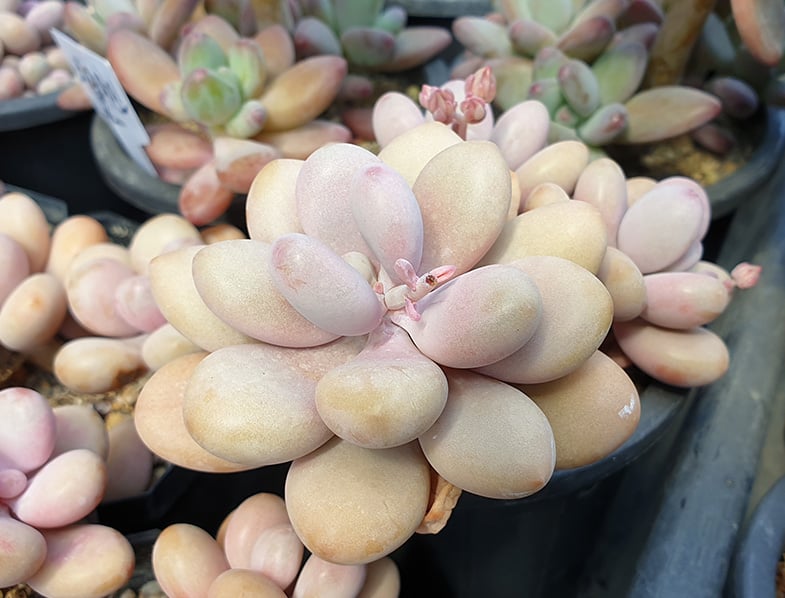
Graptopetalum amethystinum Guide How to Care for "Lavender Pebbles"
Living stones (Lithops spp.), also known as pebble plants, are unusual little succulent plants that have evolved to look like the pebbles and rocks of their native habitats in Africa.These plants hug the ground and grow extremely slowly. Living stones grow best in conditions that mimic their natural habitat, especially when it comes to providing light and water.

Lavender Pebbles, 20 Seeds, Graptopetalum amethystinum, Moonstone, Succulent Seeds, Allyear
Step 1: Gather your materials First, make sure you have all of your materials in one place. You'll need a container to pot your plant into, a bowl of water to soften the soil, and a container to hold your soaking clay pebbles. It helps to have some shears on hand to trim away bad roots, if necessary. Step 2: Soak the clay pebbles

CLAY PEBBLES 3LBS / Growing Media For Live Plants / LECA / Etsy
Pros and Cons of Using LECA. Provides the right amount of water: These baked clay balls soak up water, expand to retain water, and then releases it for the plant's use a little at a time. "The LECA materials allow it to absorb water directly to the roots without suffocating them," Jefferson says. The clay balls prevent the plants from.

Pebbles and Coconut Coir for Planting Preparation in Home Garden Stock Image Image of floral
A pebble tray is a very simple way to raise the humidity level for specific plants without affecting the humidity level in the room as a whole. Pebbles act as a buffer between the plant roots and the water. A pebble tray for your houseplants is precisely what it sounds like. It is a dish or tray filled with pebbles and water.

Landscape Rubble (Limestone Pebbles) HIND’S
Take a cutting from a healthy houseplant. Fill your container halfway with clay pebbles. Add plant cutting. Fill the container the rest of the way with clay balls. Add distilled water to the top. Add more water a few hours later. Watch for roots in just a few days or weeks, depending on the plant.

INDOOR PLANTING PEBBLES YouTube
Clay pebbles can be a great addition to your houseplants. They can help with drainage and aeration and can also provide extra nutrients for your plants. Credit: Pexels Here are some tips on how to use clay pebbles for your houseplants: Start by filling a pot with clay pebbles. You can find clay pebbles at most garden stores or online.

WASH PEBBLE
1. Pebbles in Flowerbeds 2. A Pathway of Pebbles and Stones 3. Landscaping with Pebbles 4. Patio Floor Full of Pebbles
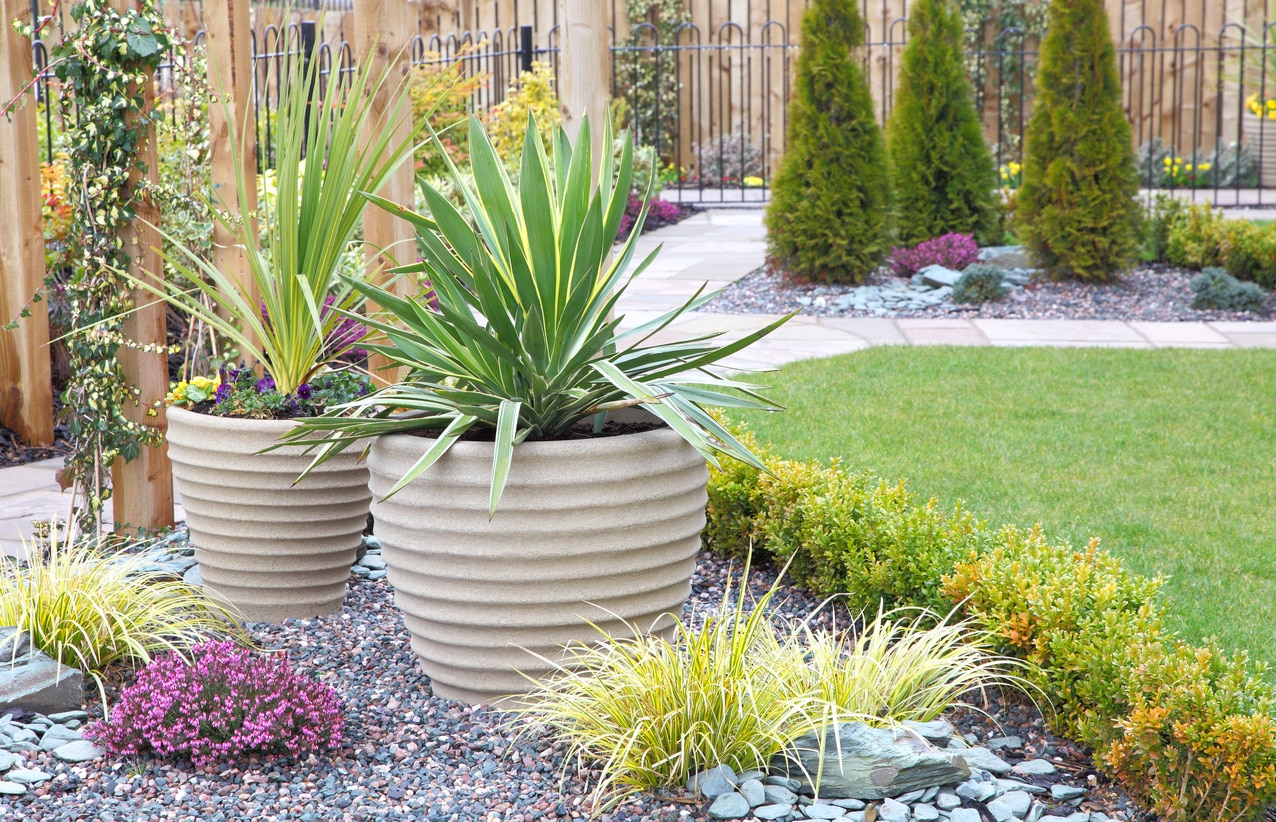
Garden Pebbles Backyard Decorative Pebbles for Garden Cost & Prices
By following these simple steps, you can effectively sanitize rocks for plants and help to ensure that your plants remain healthy and thriving. Cleaning Rocks for Planting. Cleaning rocks for planting is an important step in creating a healthy and aesthetically pleasing garden. First, use a broom to remove any loose dirt or debris from the rocks.

Leca Clay Pebbles (aka Hydroton Clay Stone) Expanded Clay for Plants (4Liter Bag) Walmart
To use clay pebbles for houseplants, place them at the bottom of the pot for drainage and aeration. Additionally, clay pebbles can be mixed into the potting soil for improved moisture retention and root development. Furthermore, they can be used on top of the soil to help prevent weed growth and conserve moisture.
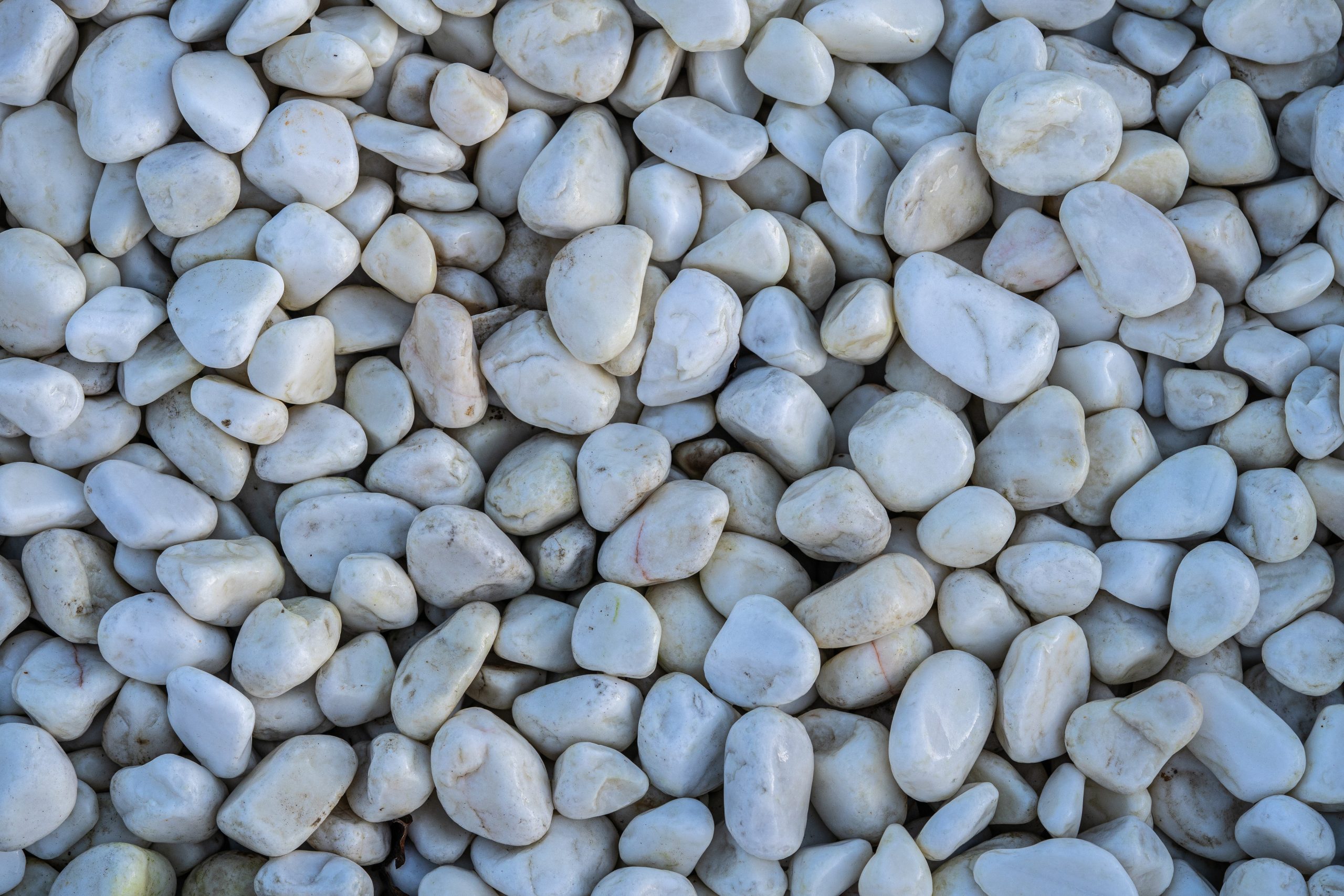
White Pebbles 20 30mm Beautiful Garden Pebbles Corker.co.uk
One of the most versatile materials around, try landscaping with pebbles as it's the perfect accompaniment to plants, trees, water and pavers, as well as working as a decorative element to add texture, color and interest in your yard. It's a landscaping trend that's popular right now because it's so versatile.
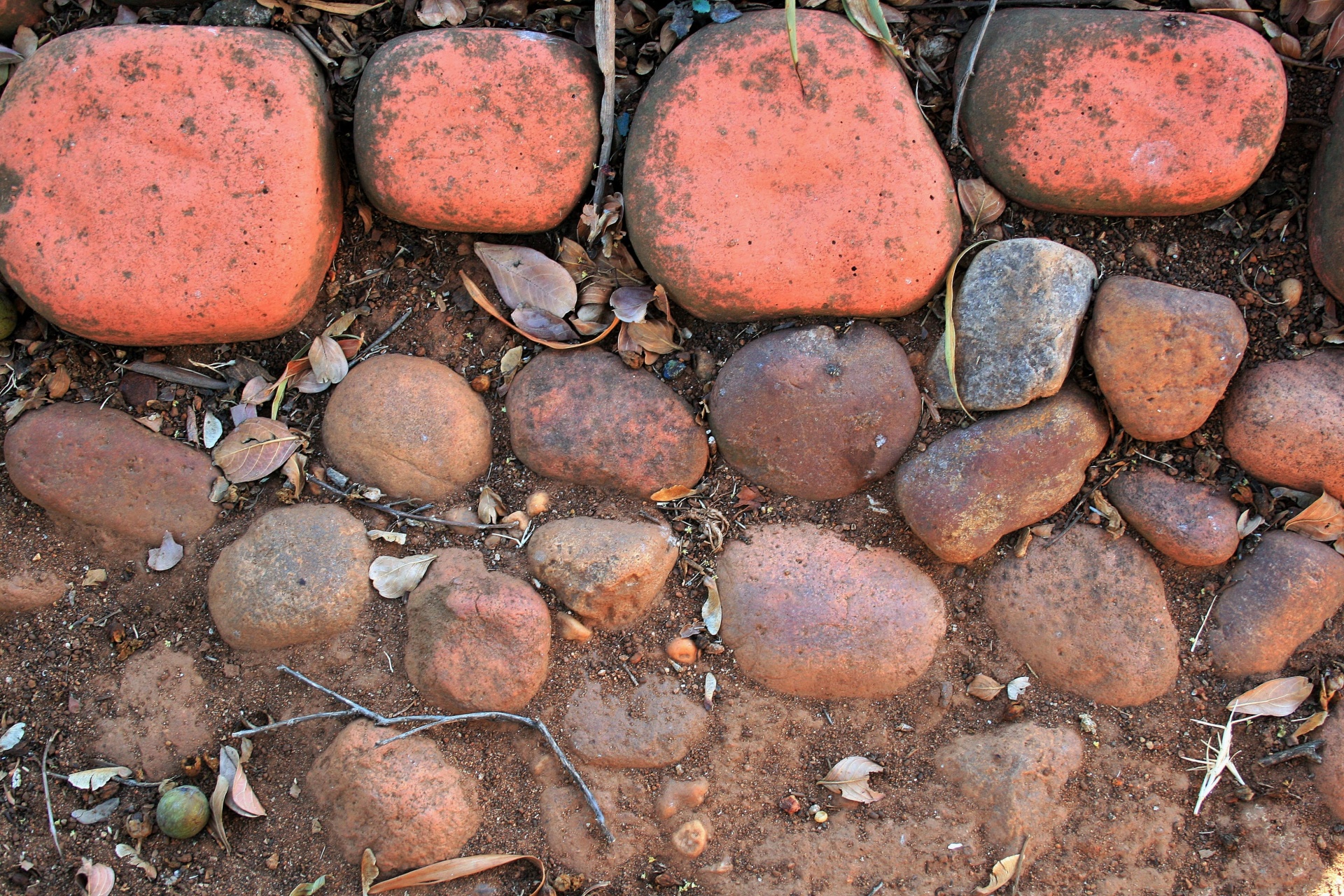
Pebbles In The Garden Free Stock Photo Public Domain Pictures
By increasing moisture around your plants, clay pebbles create a humid environment that's perfect for tropical beauties. It's like bringing the rainforest to your living room, minus the mosquitoes. Learn more about this technique from nature-and-garden.com.
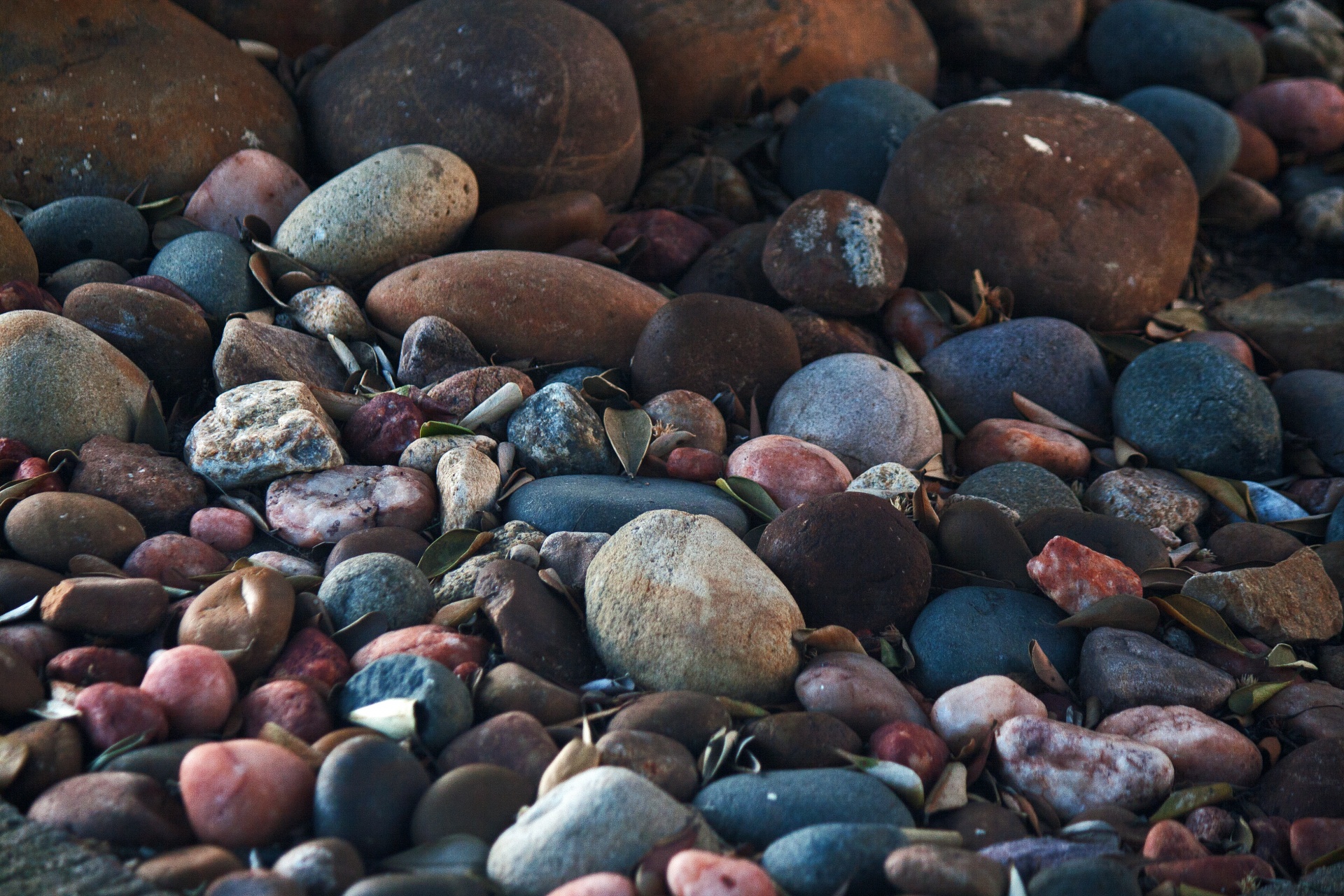
Collection Of Pebbles & Dry Leaves Free Stock Photo Public Domain Pictures
One of the many benefits of using clay pebbles is that you can soak them in water, and they will hold on to it, releasing it only when the plants actively "drink" it. Using these pebbles as a growing medium is ideal for those plants that do not like to be too soggy. The pebbles will absorb the water, leaving the plants to suck it out using.

White Pebbles Ландшафт
Tip Depending on the specific application, you can use a variety of pebbles for indoor plants, including decorative pebbles, clay pebbles, pea gravel, polished pebbles and river rocks. Choosing Pebbles for Top-Dressing

Selecting aquaponics growing media No Ordinary Homestead
A pebble tray for plants is simply a shallow dish, filled with pebbles and water, that provides humidity around a plant or a group of plants. If the pebble tray is as wide or a little wider than your plant's entire span of foliage, it can create a slightly higher humidity zone around the plant as the water evaporates.

Planting the Seeds of Science Pebbles, Sand & Silt
Set up the Clay Pebbles and layer them an inch or two thick (3 to 4 centimeters) at the bottom of the container. Most likely, this will increase air circulation, protect the roots and plant growth. As part of maintaining Clay Pebbles, wet the tray twice a day in the morning and the evening.